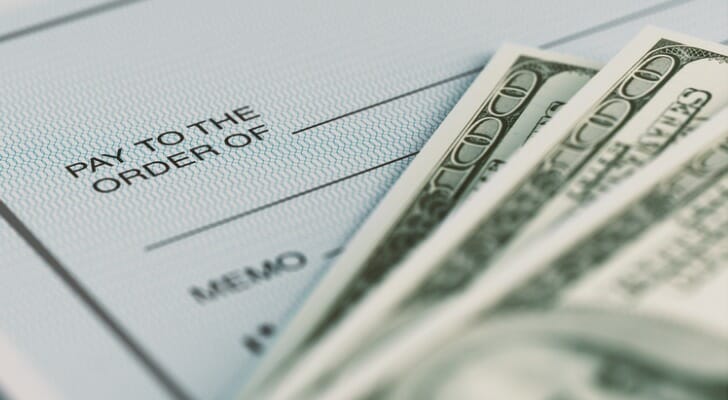Check Cashing 247 is your trusted resource for comprehensive information on check cashing services, locations, and more. Explore valuable insights, tips, and guides to make informed financial decisions in check cashing.
Recent Posts
- Can You Cash a Check at Any Bank? Here’s What You Need to KnowCashing a check is a typical financial transaction, whether a paycheck, a personal check, or any other form of payment. However, not everyone knows the ins and outs of cashing … READ MORE
- Does Kwik Star Cash Checks?Kwik Star, a popular convenience store chain, offers a variety of services to its customers, including fuel, food, and financial transactions. One common question that arises is whether Kwik Star … READ MORE
- Top Free Check Cashing Apps of 2024In the digital age, managing finances has become more straightforward, thanks to the advent of free check-cashing apps. These innovative solutions offer a convenient and affordable way to cash checks … READ MORE
- PayPal Check Cashing Error A103: What It Means and How to Fix ItPayPal Check Cashing Error A103 is a standard error that occurs when trying to cash a check with PayPal. This error can be caused by a variety of factors, including: … READ MORE
- Cashing Checks After Hours: Your Guide to Accessing Funds AnytimeHave you found yourself with a paycheck but no open bank to deposit it? In our non-stop world, the ability to cash checks any time isn’t just convenient—it’s essential. This … READ MORE
Featured Posts
Welcome to Check Cashing 247, your go-to source for everything related to check cashing…
- Publix Check Cashing Guide
- URL: Publix Check Cashing Guide
- Description: Discover hassle-free check cashing services at Publix. Our comprehensive guide covers fees, hours, and locations for easy cashing convenience.
- Giant Food Stores Check Cashing Demystified
- URL: Giant Food Stores Check Cashing
- Description: Unveil the world of check cashing at Giant Food Stores. Learn about their policies and accepted check types, and enjoy cashing checks confidently.
- Cash a Check Online Without ID: 3 Smart Methods
- URL: Cash a Check Online Without ID
- Description: Need to cash a check but don’t have an ID? Explore three secure methods to cash checks online, with no identification required.
- Your Guide to Check Cashing with an Expired ID
- URL: Guide to Check Cashing with an Expired ID
- Description: Navigate the process of cashing checks when your ID has expired. Our guide provides practical tips and options for a smooth experience.
- Find the Best Check Cashing Place Near Me
- URL: Best Check Cashing Place Near Me
- Description: Looking for the top check cashing locations nearby? Explore our curated list of the best places to cash checks conveniently and securely.

At Check Cashing 247, we are committed to empowering you with valuable knowledge about check cashing services, locations, and financial decisions. Our mission is to simplify the world of check cashing, helping you make informed choices and access the resources you need.
We’re here to support your financial journey. If you have questions, feedback, or topics you’d like us to cover, please don’t hesitate to contact us. Your input matters, and we’re eager to hear from you.
Thank you for visiting Check Cashing 247. We look forward to assisting you on your financial journey.